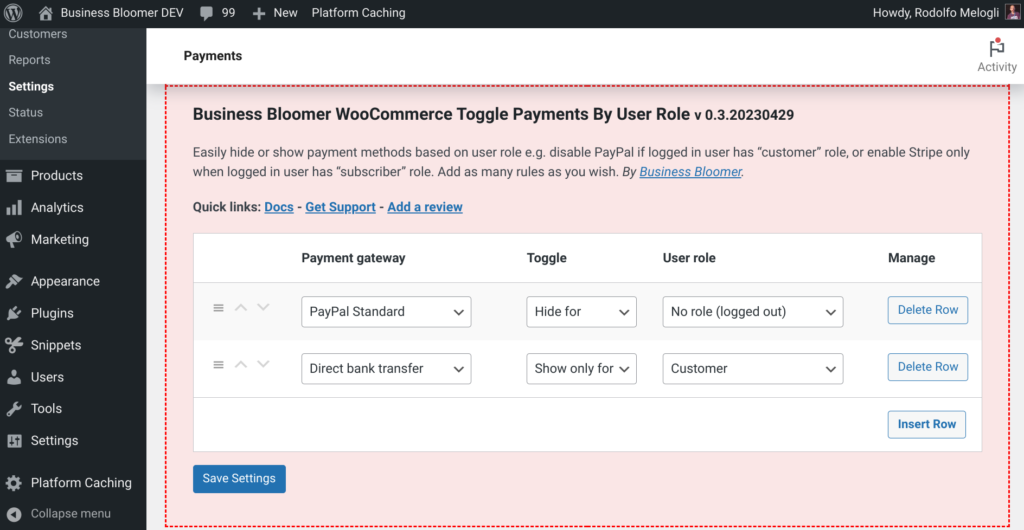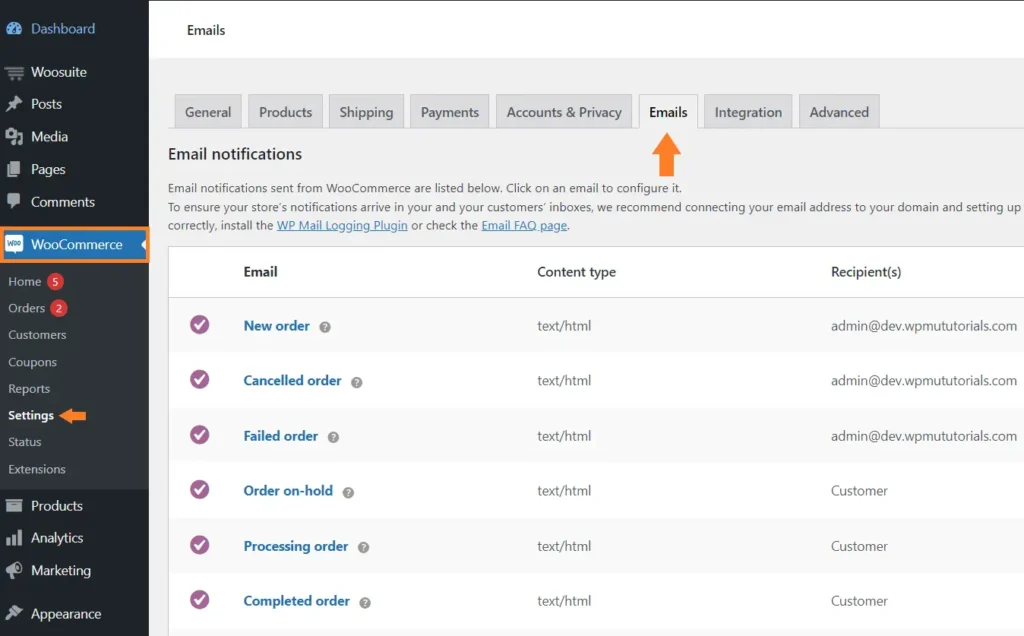Whether you’re looking to build your very first website or just exploring the most popular Content Management System (CMS) in the world, WordPress is the perfect place to start.
This comprehensive guide walks you through everything you need to know—from understanding what WordPress is, to launching a fully functional site, customizing it, and optimizing it for performance and security.
Let’s get started!
What is WordPress?
WordPress is a free, open-source CMS that powers more than 44% of all websites on the internet. Originally created in 2003 as a blogging platform, it has evolved into a powerful system that allows anyone—regardless of technical skill—to create stunning, functional websites.
- Open-source means you can modify, customize, and build on top of the platform.
- A CMS (Content Management System) allows you to manage pages, images, posts, and more—all without writing a single line of code.
Whether you’re creating a blog, portfolio, business site, or online store, WordPress makes it easy.
Why Is WordPress So Popular?
- Easy to use, even for beginners
- Huge library of themes and plugins
- Fully customizable
- SEO-friendly
- Strong community and support
- Scalable for small and large projects alike
WordPress.com vs WordPress.org: What’s the Difference?
WordPress.org (Self-Hosted)
- You host the site yourself (via services like Bluehost, SiteGround, etc.)
- Full control and customization
- Access to thousands of themes and plugins
- Monetization options
WordPress.com (Hosted)
- WordPress handles hosting and updates
- Limited customization unless you upgrade
- Ideal for beginners who want a simple, hands-off experience
If you want full control and the ability to scale, WordPress.org is the better choice. This guide will focus on that.
How to Set Up a WordPress Website (Step-by-Step)
Step 1: Get Hosting and a Domain Name
Choose a hosting provider like Bluehost, SiteGround, or Hostinger. Many providers offer:
- Free domain name
- Free SSL certificate
- 1-click WordPress installation
Example with Bluehost:
- Visit Bluehost
- Click “Get Started”
- Choose a plan and enter your domain name
- Complete your registration
- Use the one-click WordPress installer to launch your site
Step 2: Learn the WordPress Dashboard
After installation, you’ll access the WordPress Dashboard, your main control center.
- Left Menu: Navigate to posts, pages, themes, plugins, settings, and more
- Top Toolbar: Preview your site or access quick links
- Main Area: Displays content and settings based on what you select
Step 3: Choose a WordPress Theme
Your theme controls the look and feel of your site. You can:
- Use free themes from the WordPress theme repository
- Purchase premium themes from marketplaces like ThemeForest or Elegant Themes
Tips:
- Choose a mobile-friendly (responsive) theme
- Stick with clean, readable fonts
- Use the “Live Preview” feature before activating
How to install a theme:
- Go to
Appearance > Themes > Add New - Search and install a theme, or upload a .zip file if it’s a premium one
Step 4: Install Essential Plugins
Plugins add extra functionality to your site—think SEO, contact forms, security, speed optimization, etc.
How to install a plugin:
- Go to
Plugins > Add New - Search for a plugin or upload a .zip file
- Click “Install” then “Activate”
Recommended Plugins:
- Yoast SEO – SEO optimization
- WPForms – Contact forms
- W3 Total Cache – Speed optimization
- UpdraftPlus – Backups
- Wordfence Security – Firewall and malware scanner
Step 5: Add Content (Pages & Posts)
There are two main content types in WordPress:
- Pages: Static content like “About Us,” “Contact,” etc.
- Posts: Dynamic blog content with categories and tags
To add a page/post:
- Go to
Pages > Add NeworPosts > Add New - Use the Gutenberg block editor to add text, images, videos, and more
- Click “Publish”
Step 6: Customize Your Site
Beyond themes and plugins, you can fine-tune your site in other ways:
Security
- Use strong passwords
- Keep WordPress, plugins, and themes updated
- Install a security plugin (e.g., Wordfence or Sucuri)
Speed Optimization
- Choose a fast, lightweight theme
- Install a caching plugin
- Optimize image sizes
- Consider a CDN (like Cloudflare)
Site Settings
Visit Settings > General to:
- Set your site title and tagline
- Configure timezone and language
- Set a static homepage under
Settings > Reading
Backups
Use a plugin like UpdraftPlus to schedule automatic backups of your site.
SSL Certificate
SSL encrypts your website traffic and gives you that secure “HTTPS” padlock. Most hosting providers include SSL for free.
Upload Your Logo
- Go to
Appearance > Customize > Site Identity - Upload your logo, change the site title, and add a favicon
Want More Hands-On Learning?
If self-learning isn’t your thing, you can:
- Join WordPress online communities (like WPBeginner or Reddit)
- Watch YouTube tutorials
- Search for “WordPress training classes near me” to learn in-person
Final Thoughts
Learning WordPress may seem overwhelming at first, but it becomes easier with a little practice. Start small, experiment, and don’t be afraid to break things—you can always restore a backup!
By following this step-by-step guide, you’re now equipped to launch and manage a fully functional WordPress website.




